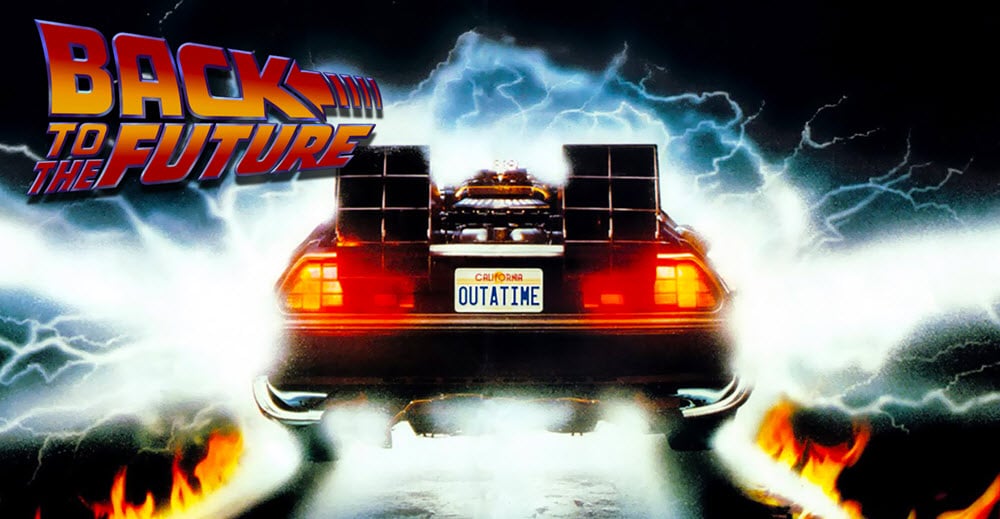
Could Doc have imagined that Silicon Valley — not Detroit, or Germany, or Japan — would hold the future of the automotive industry? Drive through the Valley, and, chances are, you’ll see lots of Teslas, built nearby in Fremont, California. Tesla is not just an automaker; it’s also a technology and design company with a focus on energy innovation. It has revolutionized the automotive industry by taking the maintenance and high gas costs out of owning a vehicle. With a battery that can be recharged at home taking up very little space underneath the car’s chassis, Tesla has changed not only the face of automotive energy consumption and related pollution reduction; it has also altered how we use space in cars, as there are markedly less parts in these low-maintenance electric vehicles.
In Mountain View, California, chances are that you’ll come across one of Google’s self-driving cars. Making the case for such vehicles, their website reads: “Aging or visually impaired loved ones wouldn’t have to give up their independence. Time spent commuting could be time spent doing what you want to do. Deaths from traffic accidents—over 1.2 million worldwide every year—could be reduced dramatically, especially since 94% of accidents in the U.S. involve human error. “ Who knows if and when these vehicles will become mainstream, but those statistics make a compelling case for their ongoing exploration. And rumor has it that neighboring Apple, in Cupertino, California, is also staffing up an automotive division and is about to enter this race for the future of cars.
Amid all of these exciting advances, there remains much work to be done. I wonder, are Americans picking their cars now based, in part, on interface capabilities? The New York Times covered this a bit in September in a piece called “Complex Car Software Becomes the Weak Spot under the Hood.” Advances like automated braking have huge upsides safety-wise, but then, too, there is new potential for multiple points of failure. My friend’s Jeep Grand Cherokee, which has an interface she loves, was recalled for a software upgrade because hackers proved they could take control of one of these SUV remotely. That’s scary!
Innovation in this industry may never reach time-machine capabilities, but the future is exciting, including what’s available here and now. I don’t doubt that Marty McFly and Doc would be surprised at the technological advances they’d find between 1985 and 2015 — or have much sympathy for the inability of my phone and my car to talk. We’ve come a long way in thirty years, and who knows where cars will be in thirty years — perhaps not only self-driving, but flying! After all, the Terrafugia prototypes are well underway. Now that would really be something.
Think you’re a “Back to the Future” fan? Check out these 30 facts about the classic movie trilogy.
Originally published Oct 21, 2015, updated Aug 11, 2020


